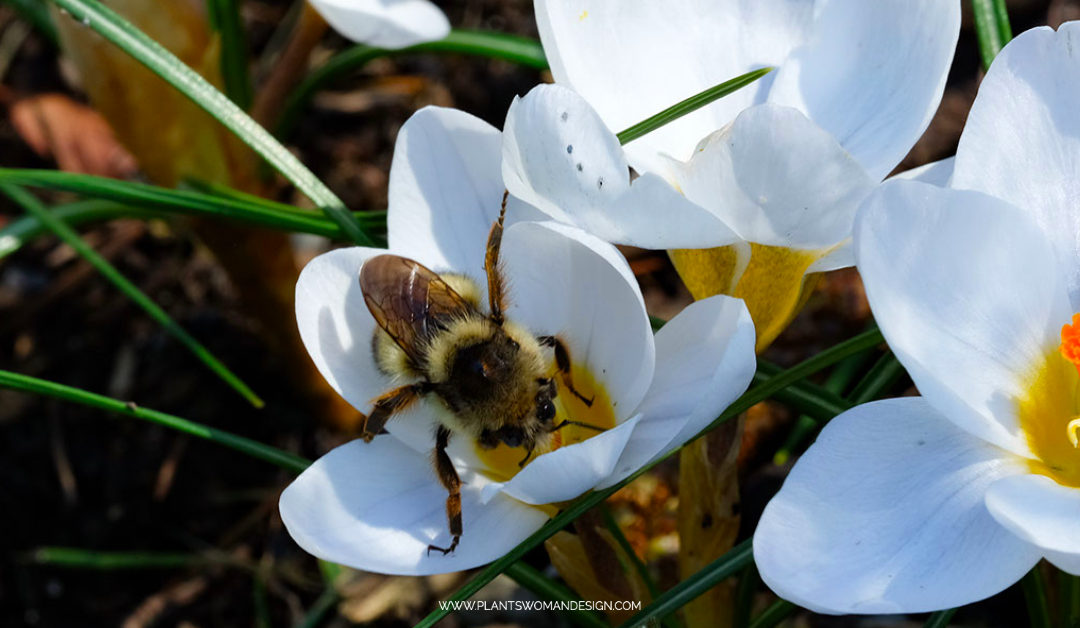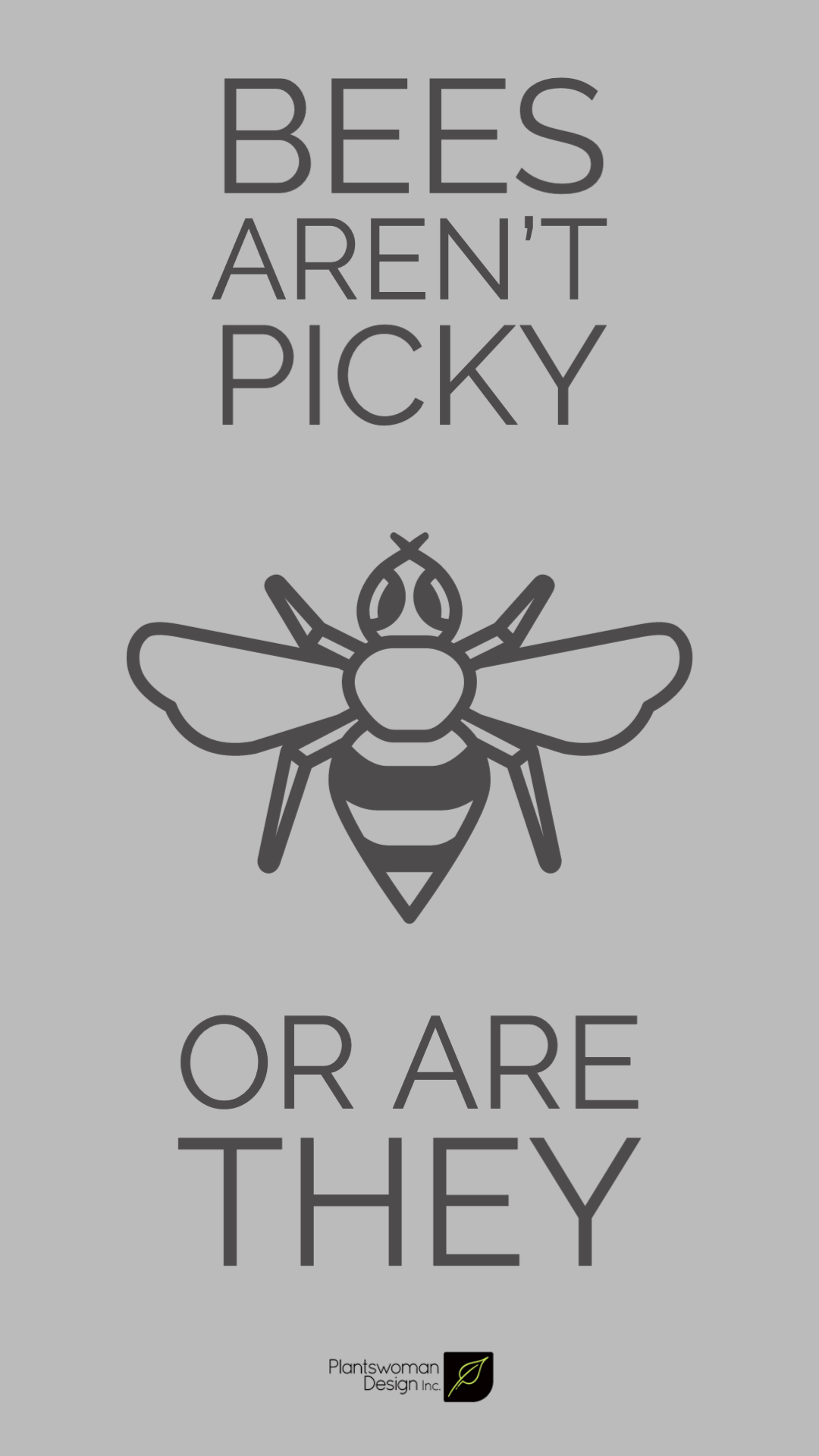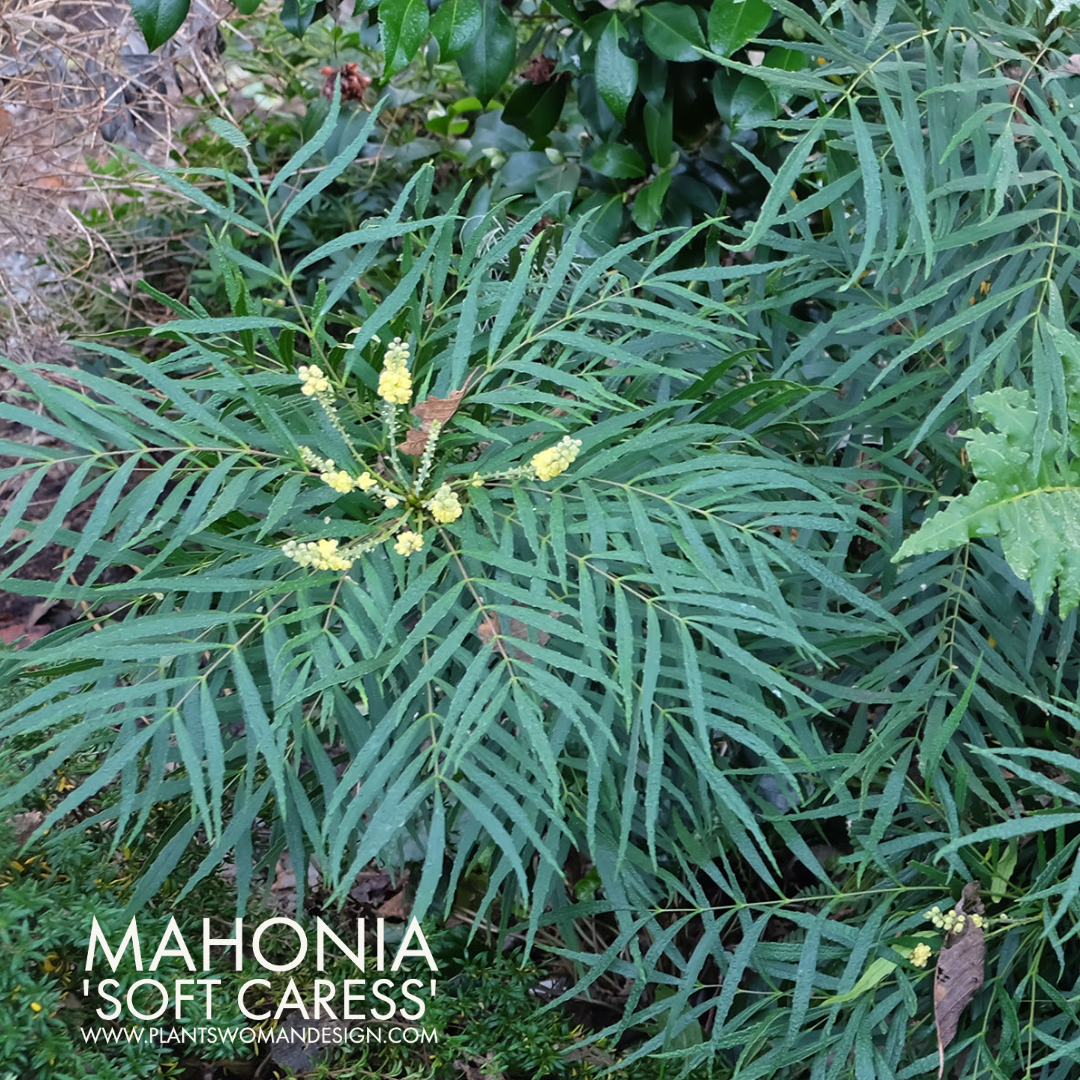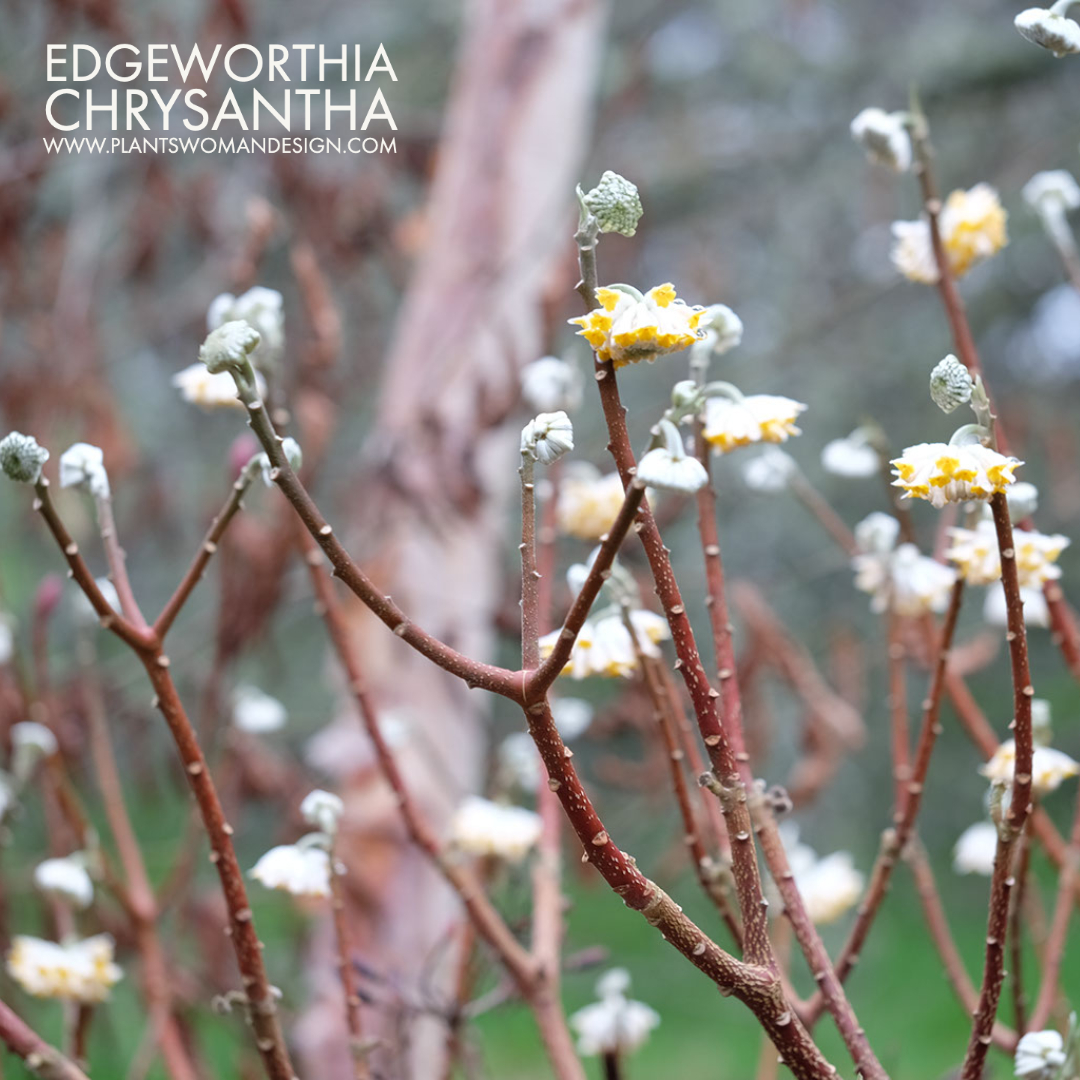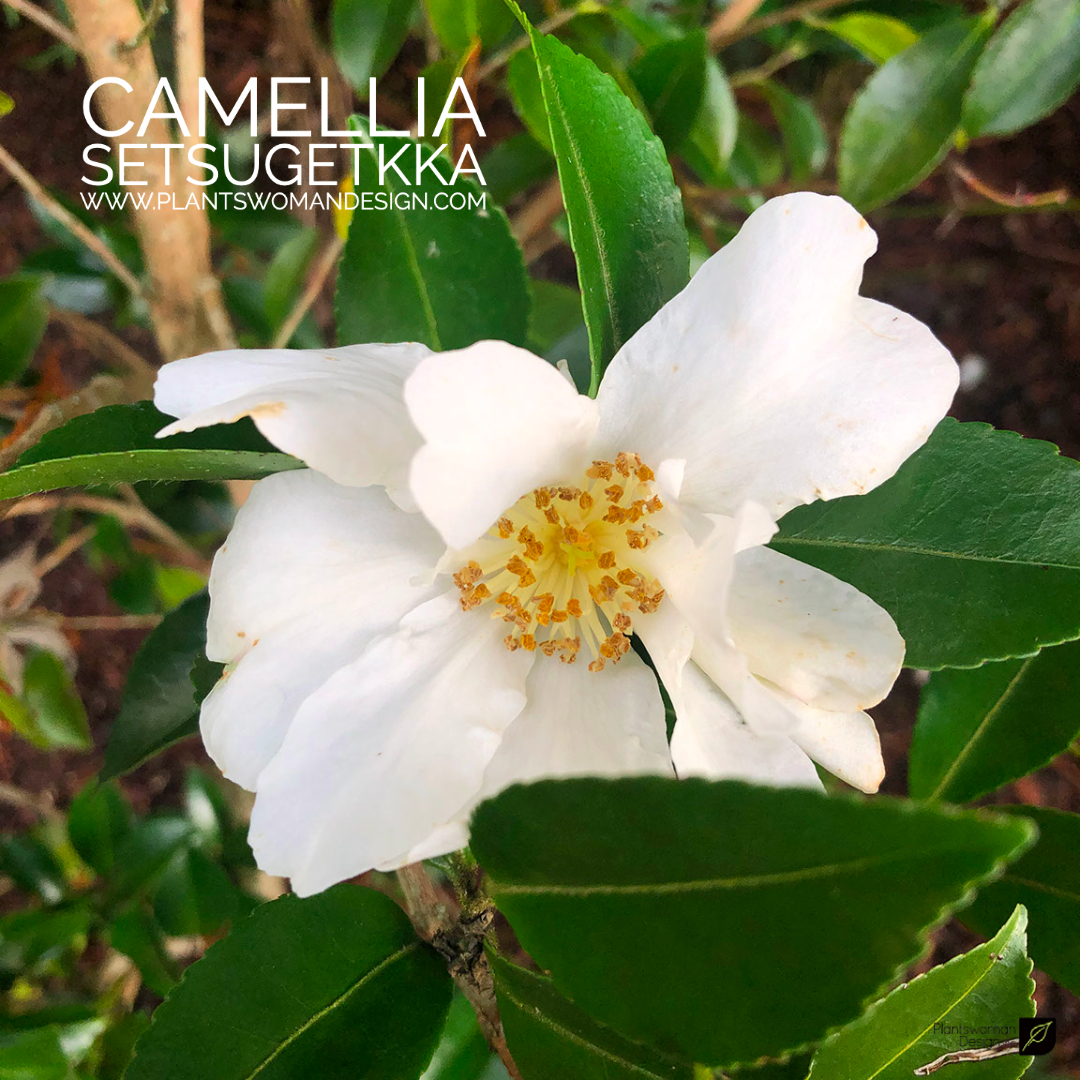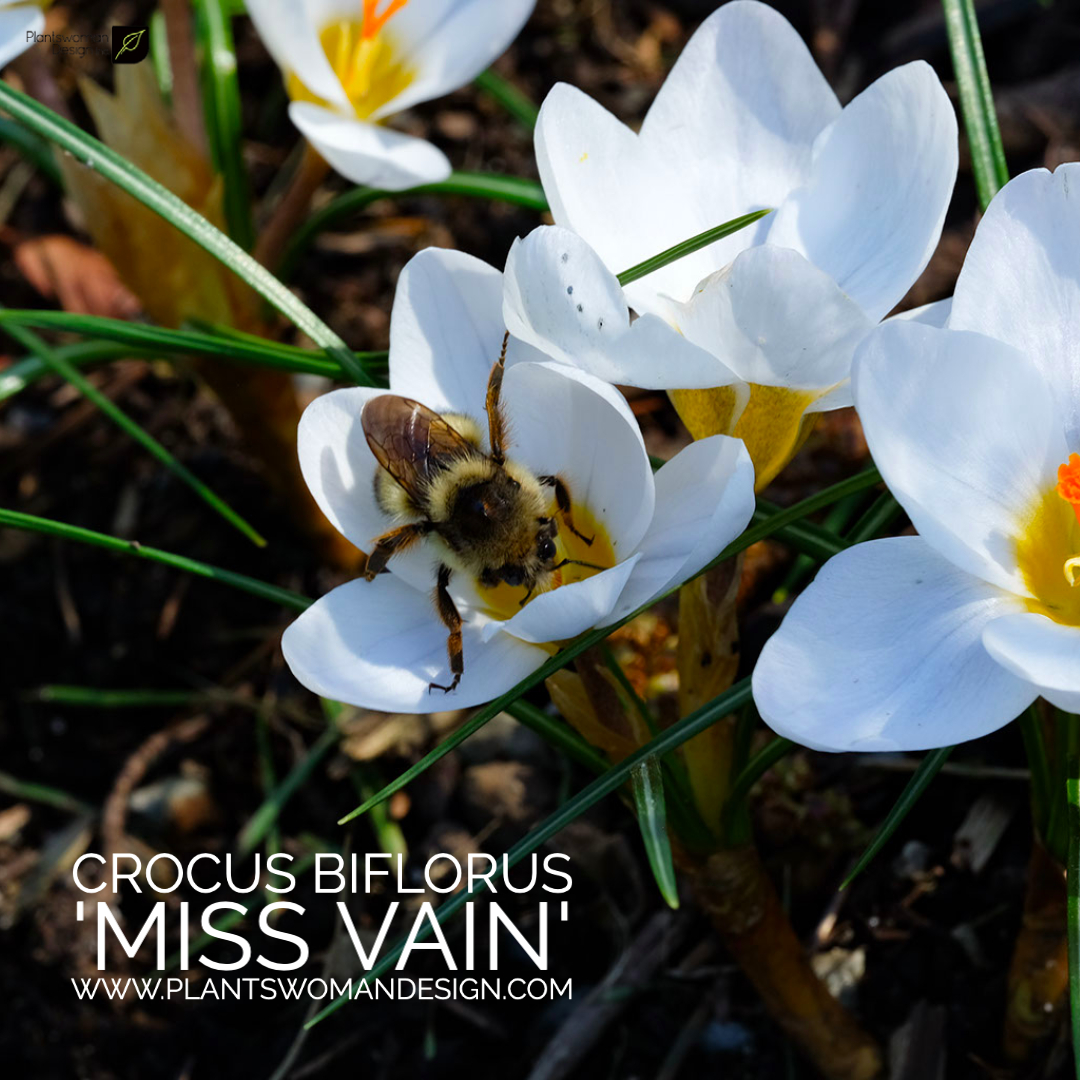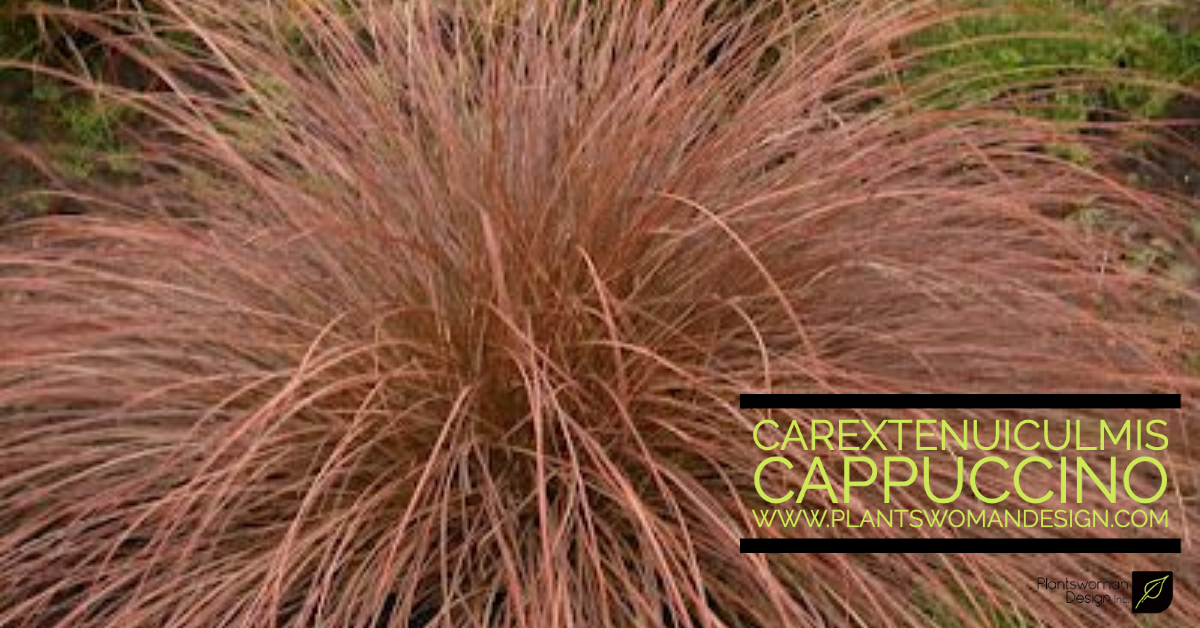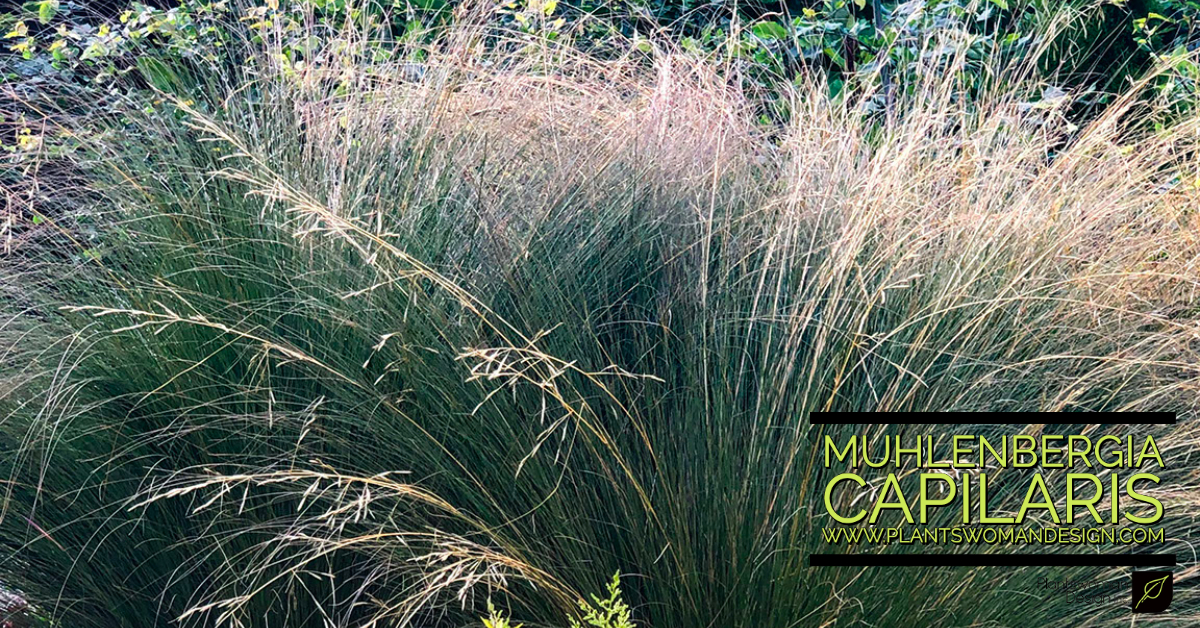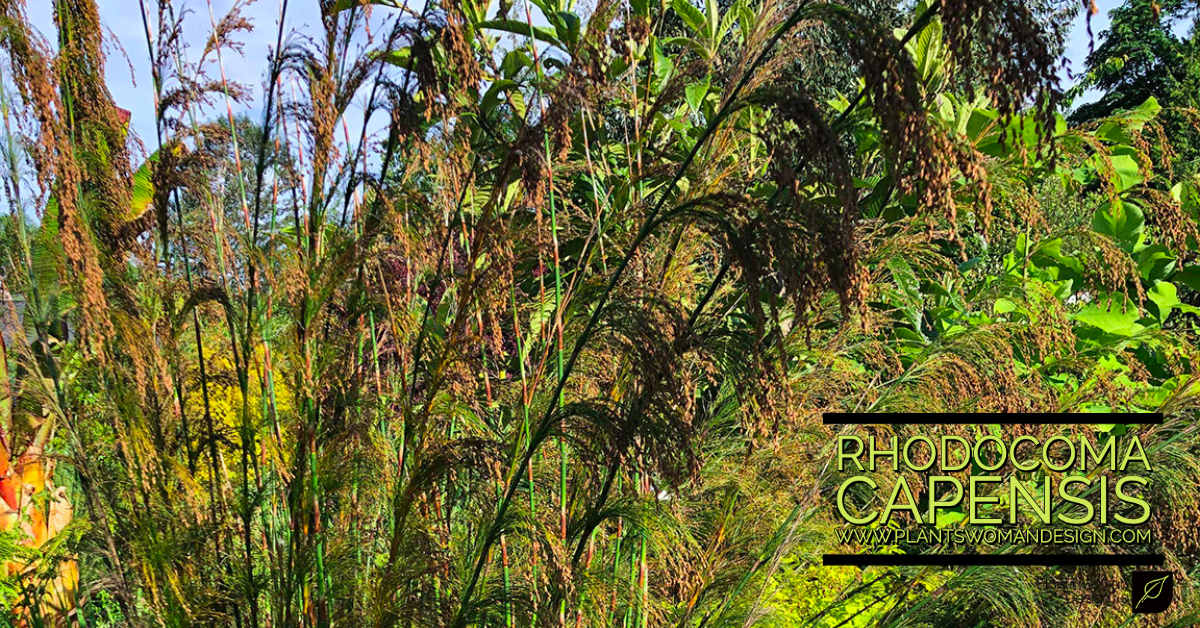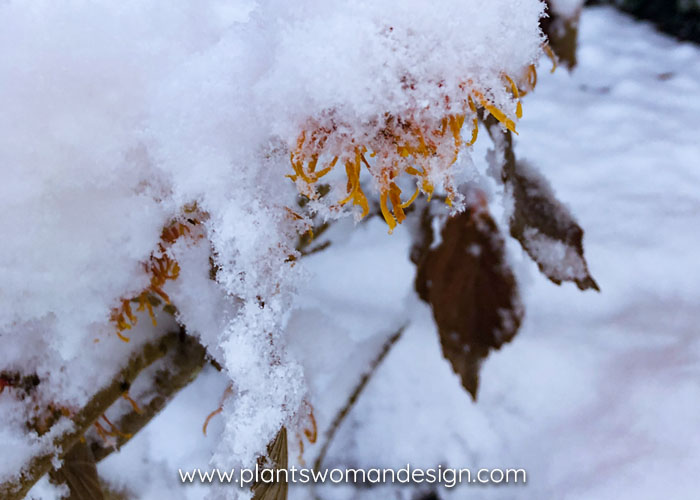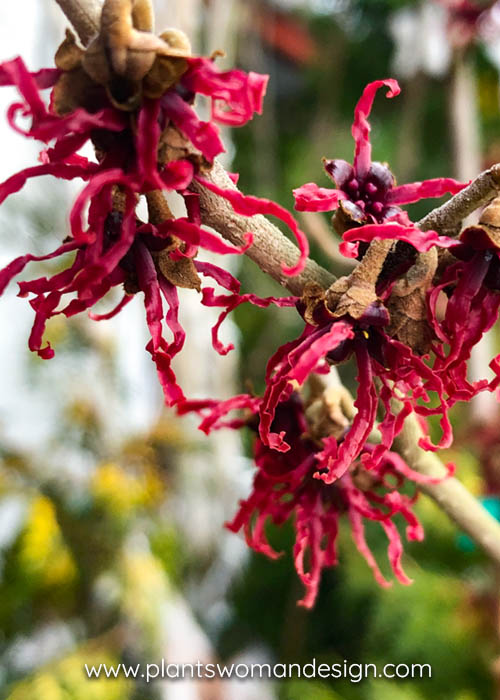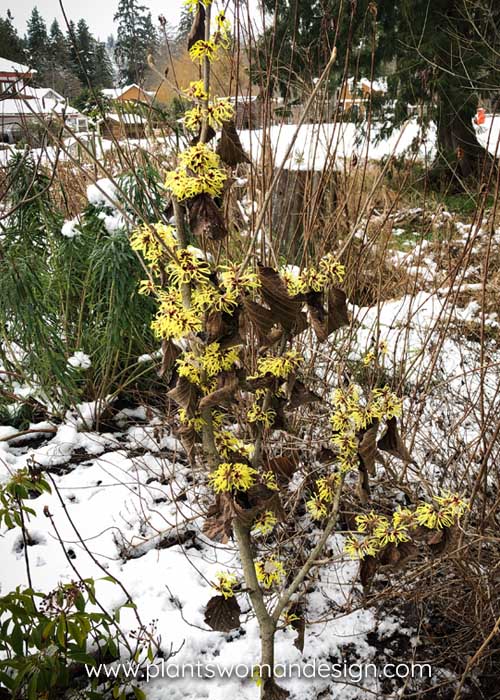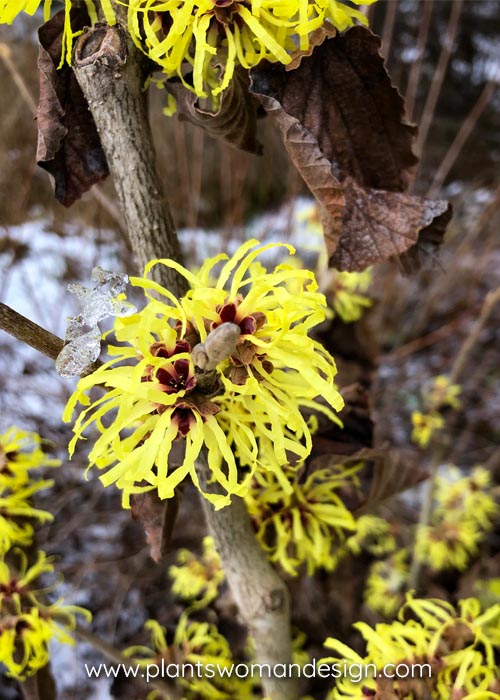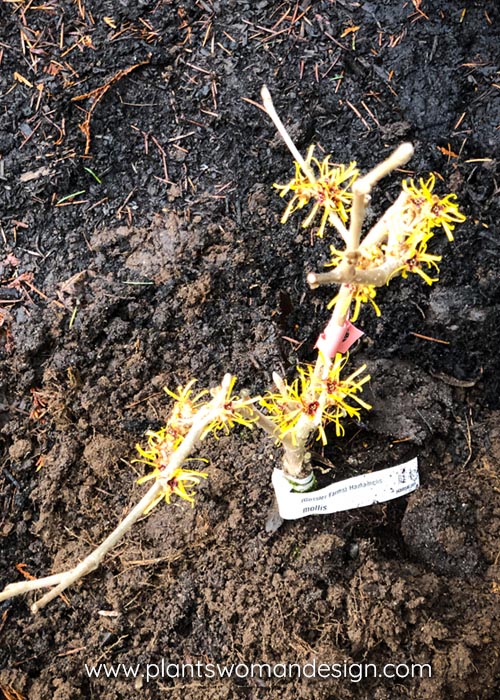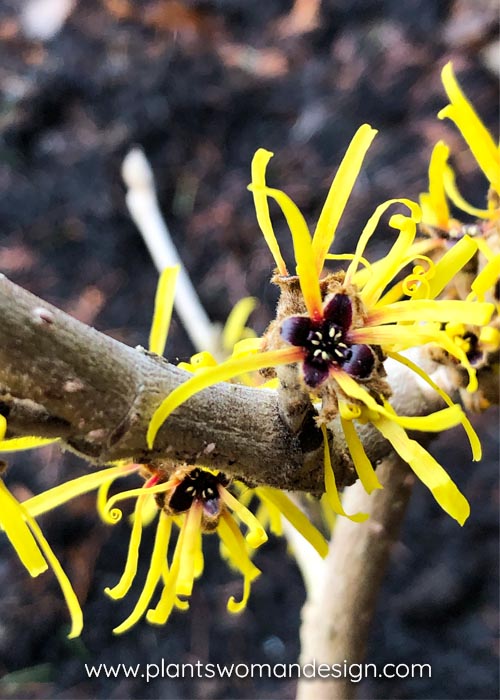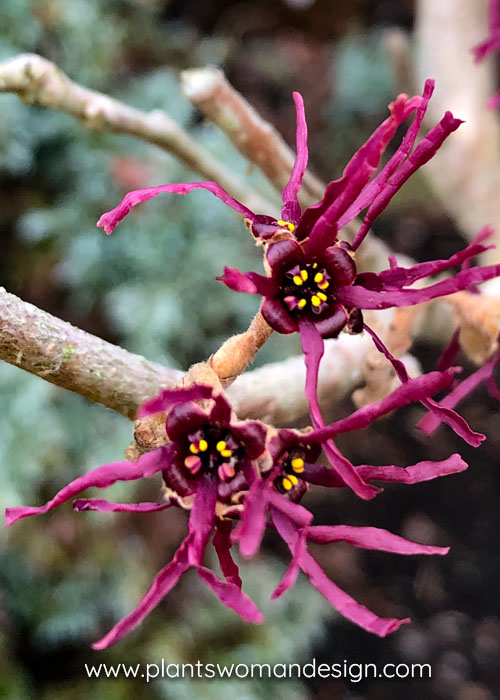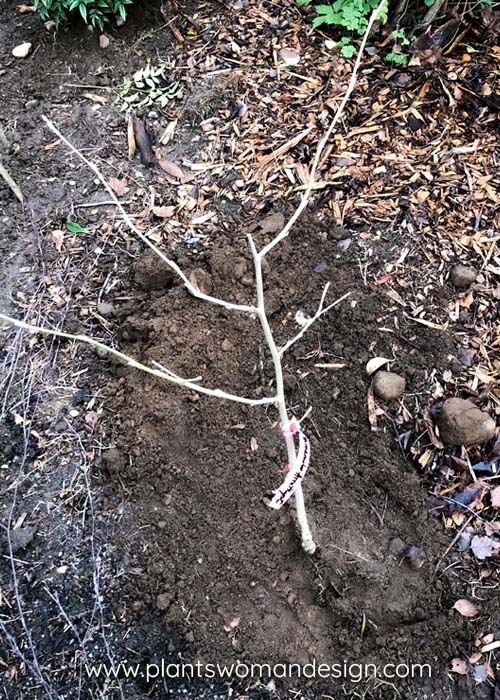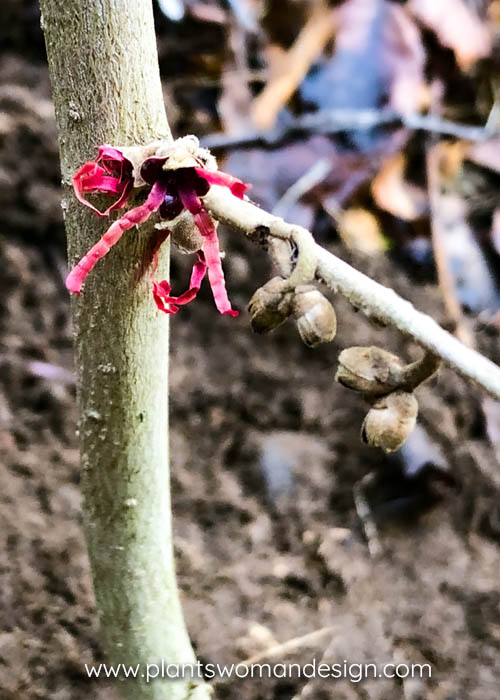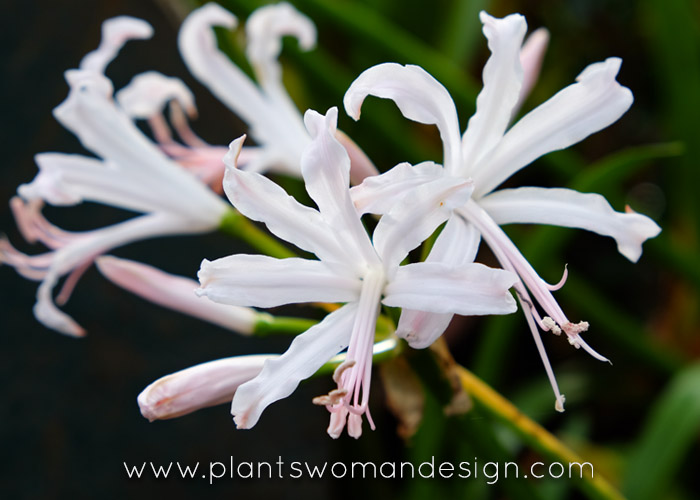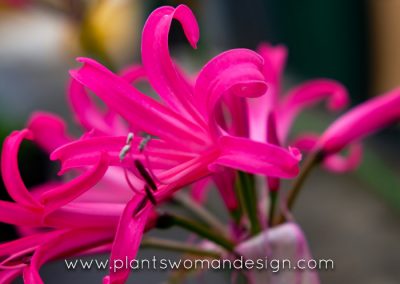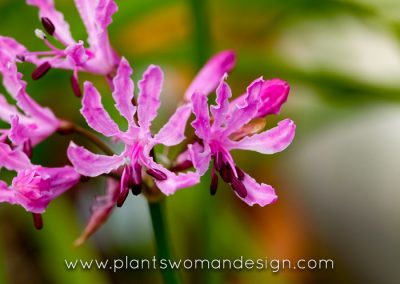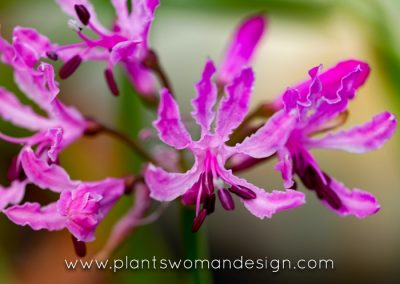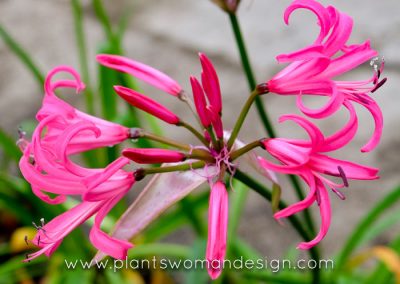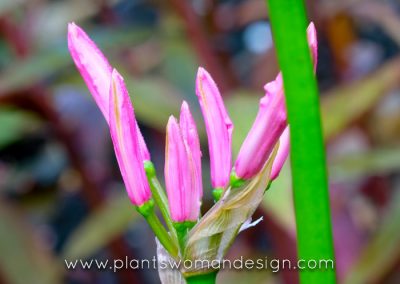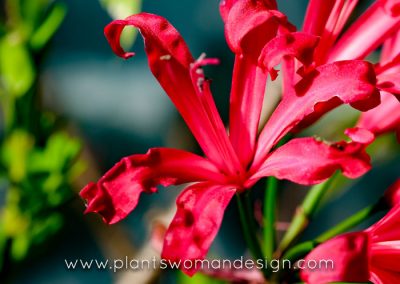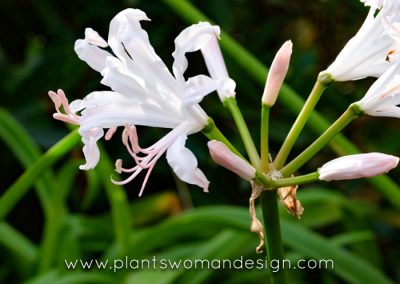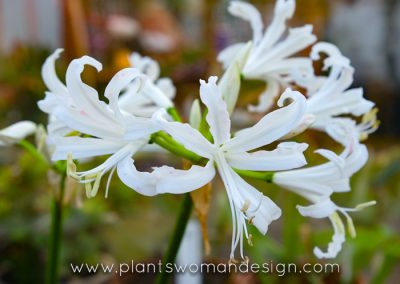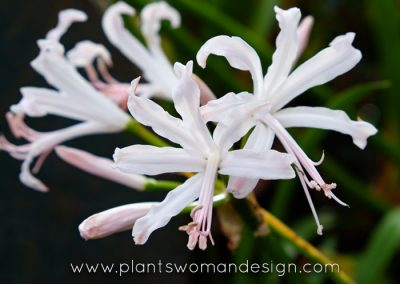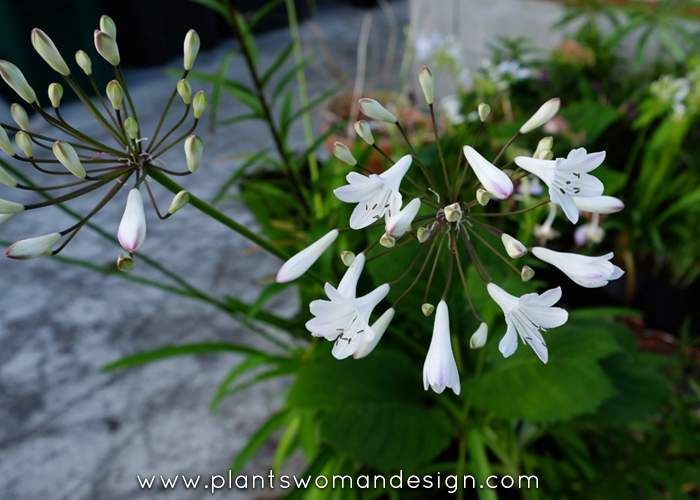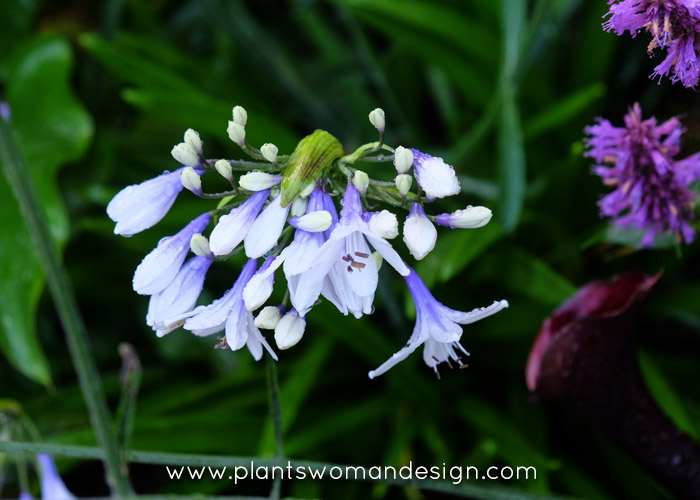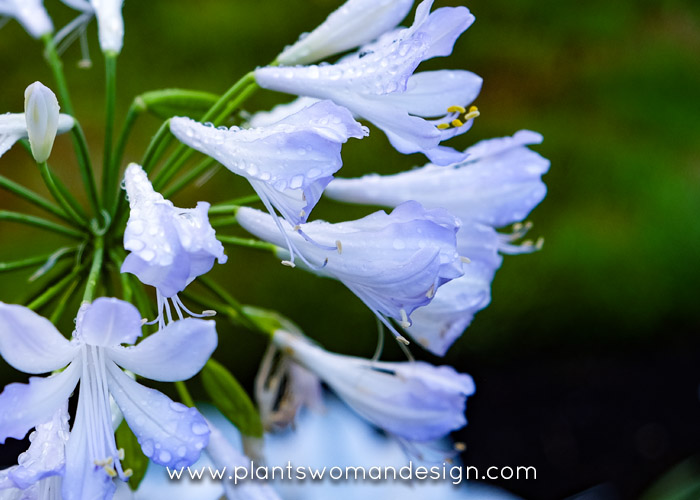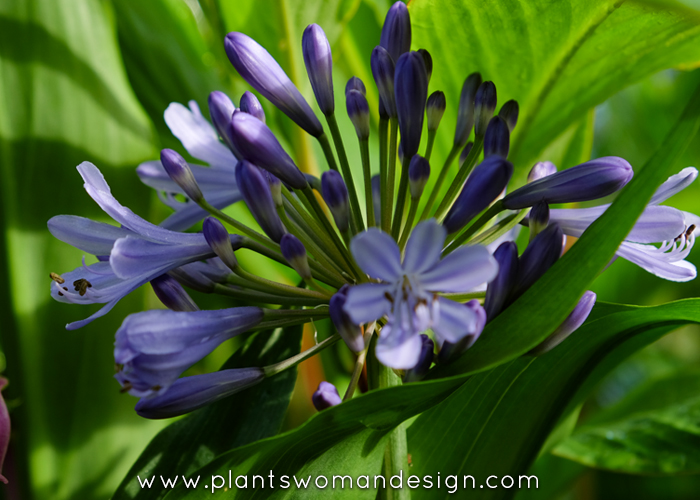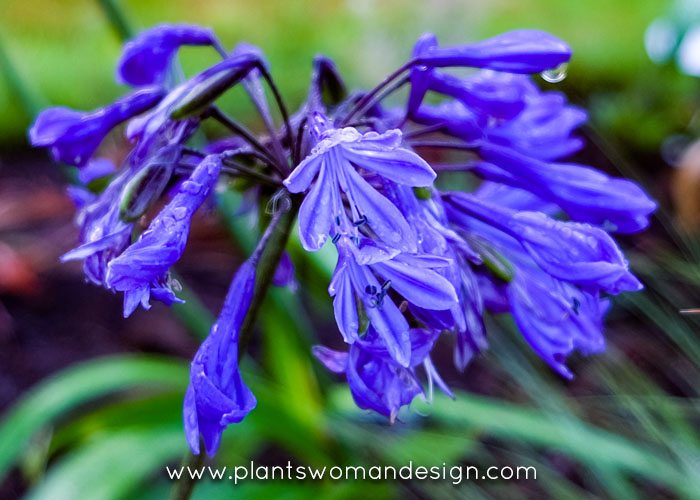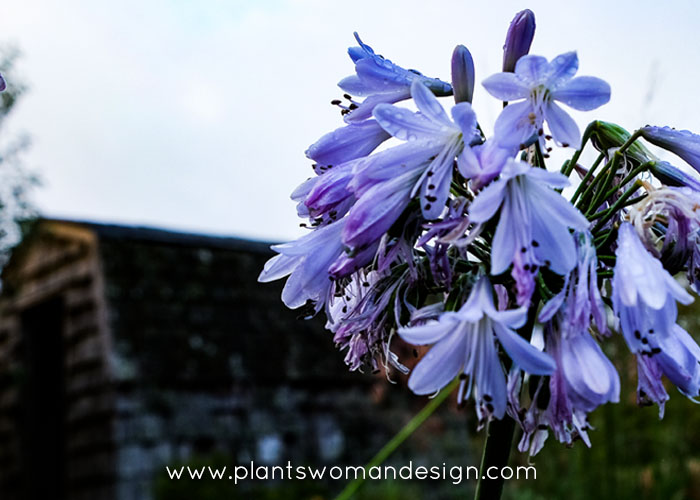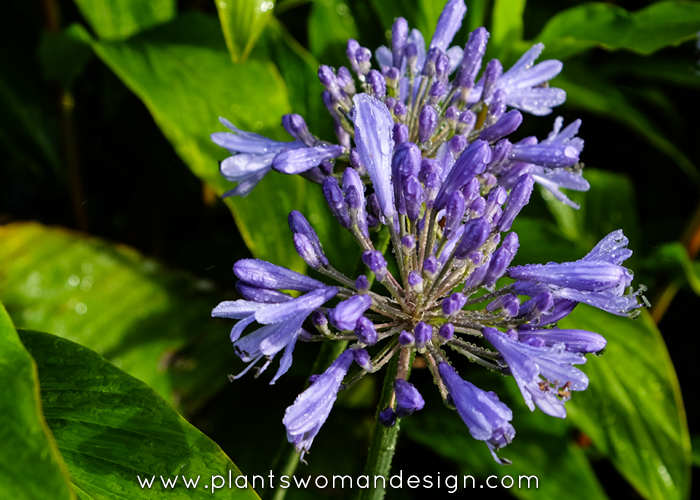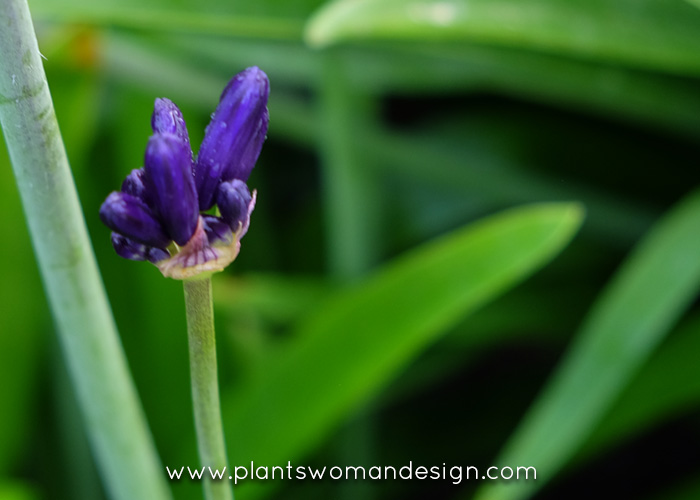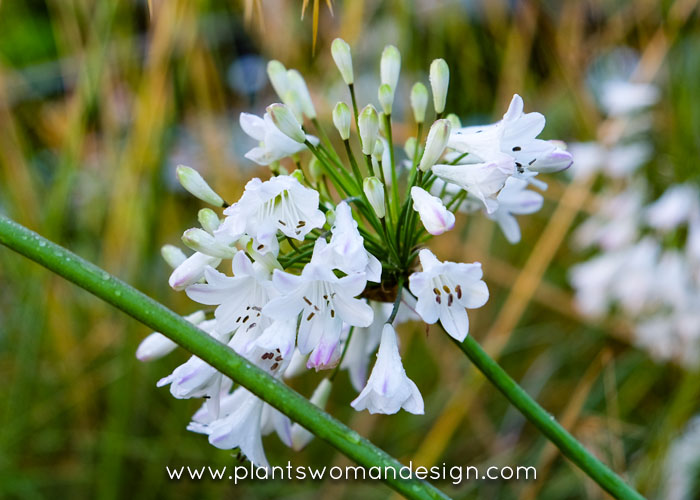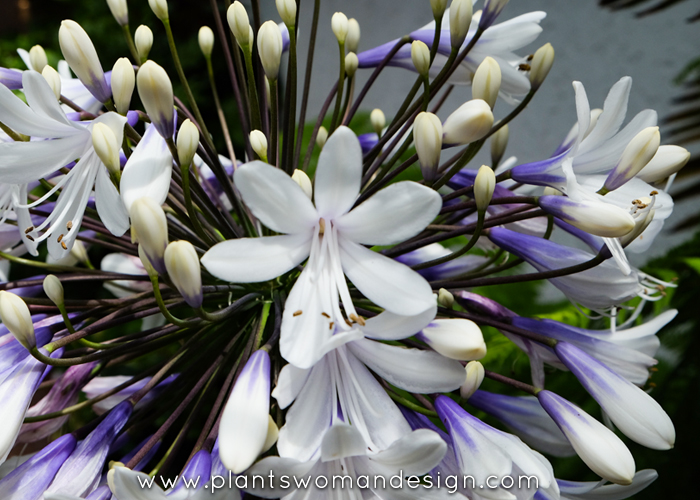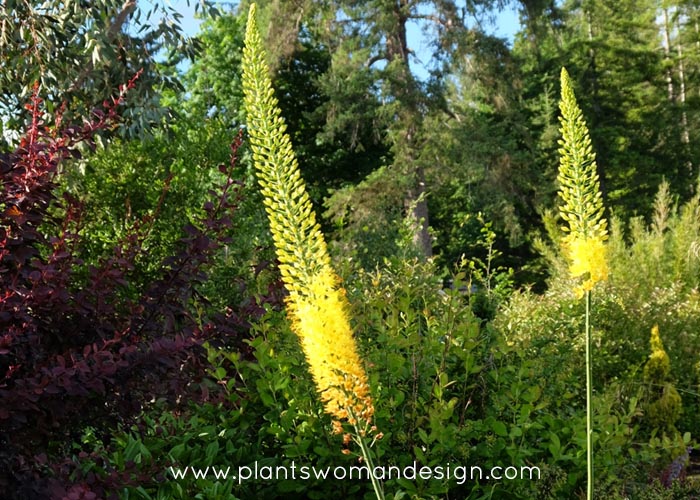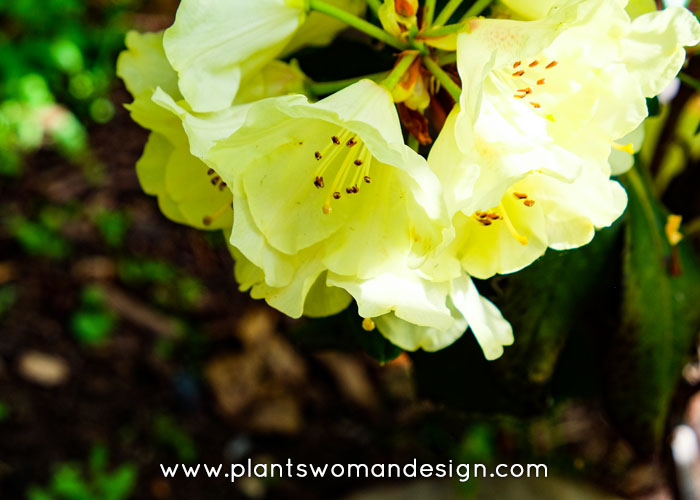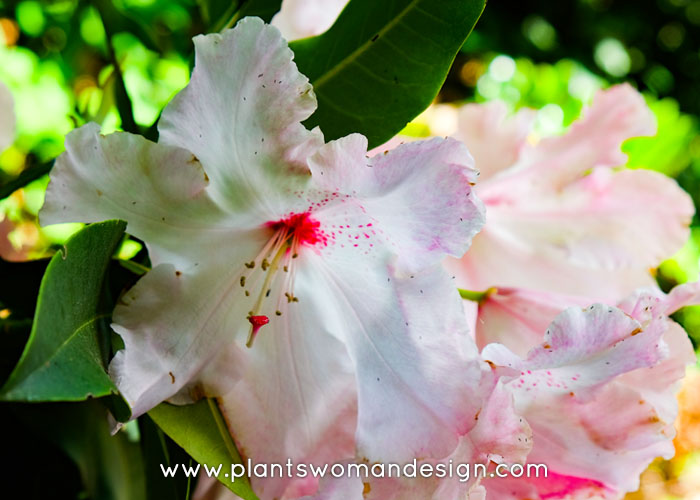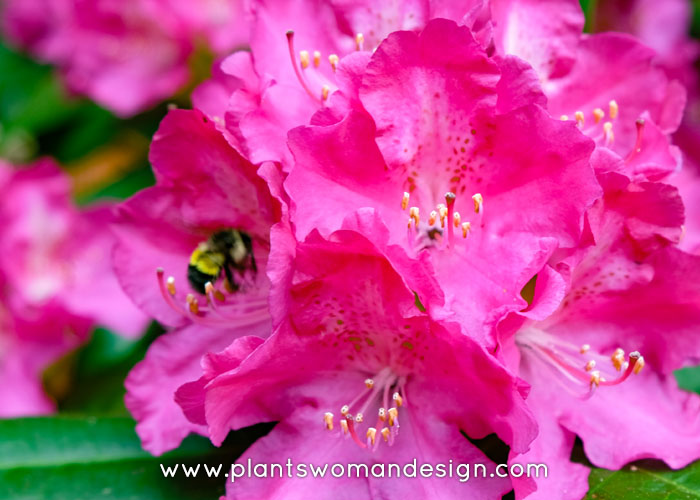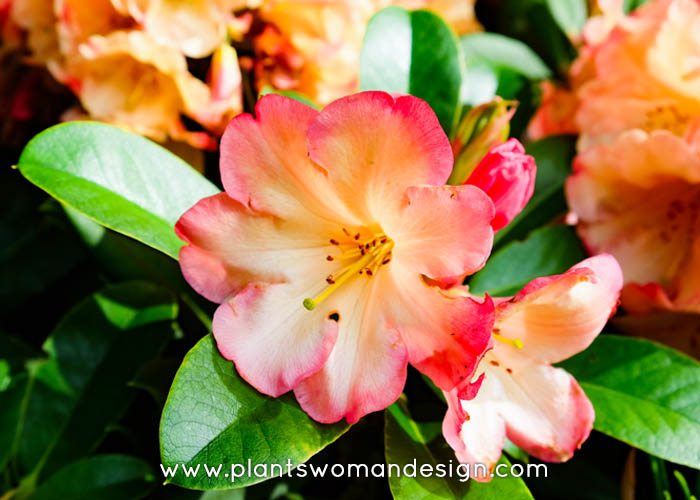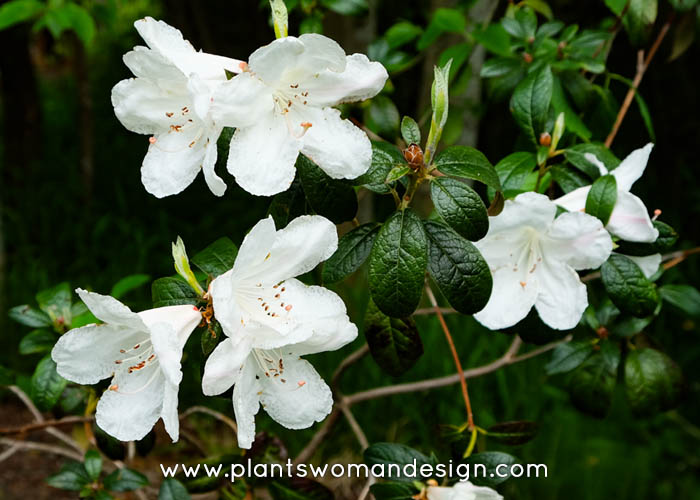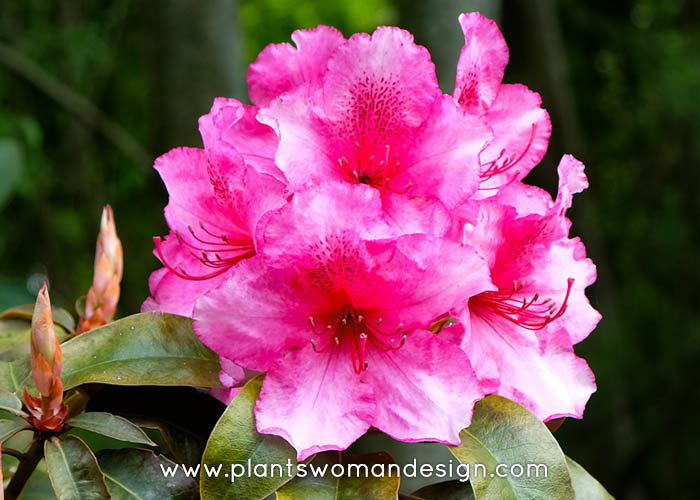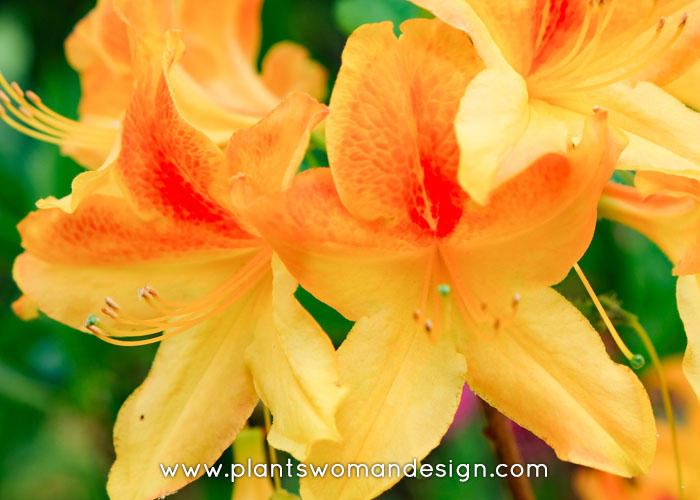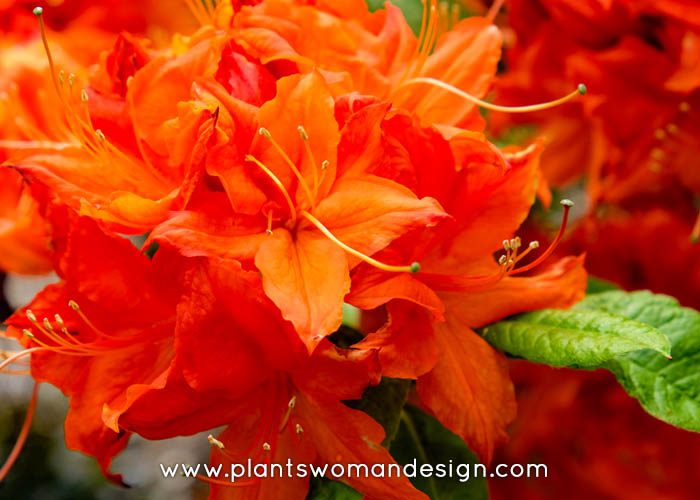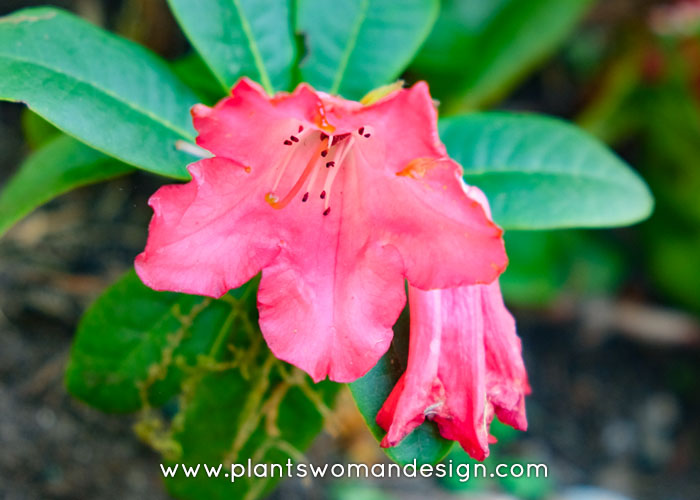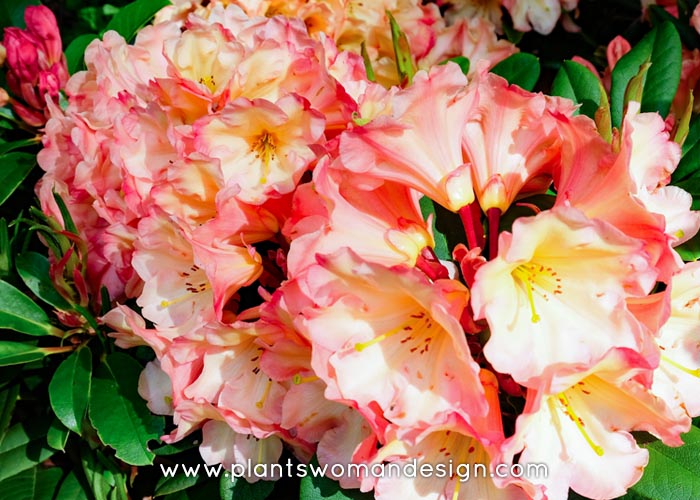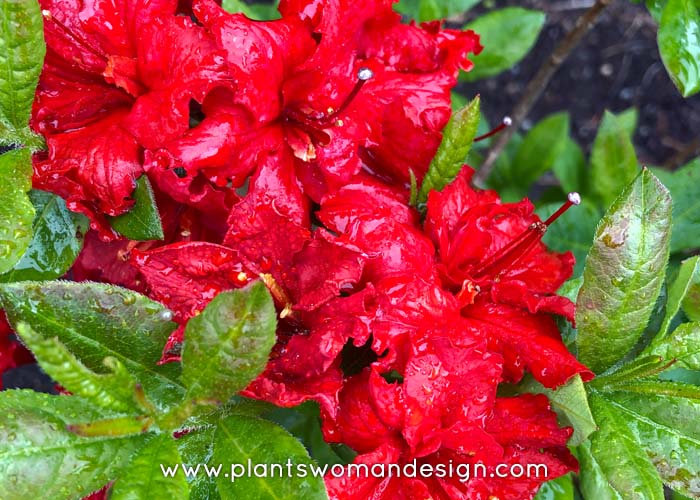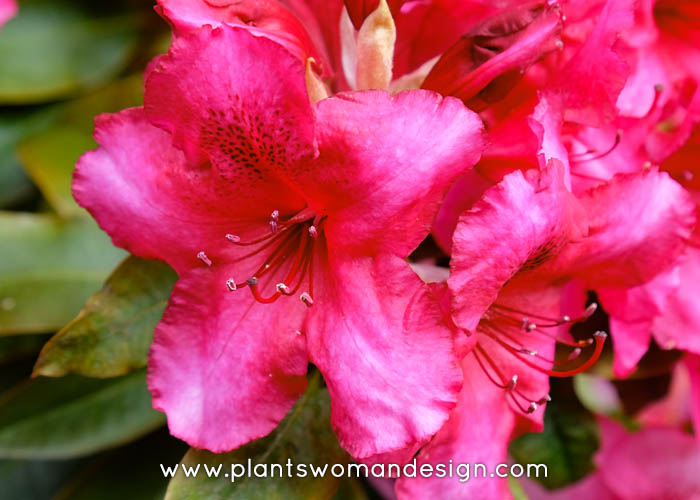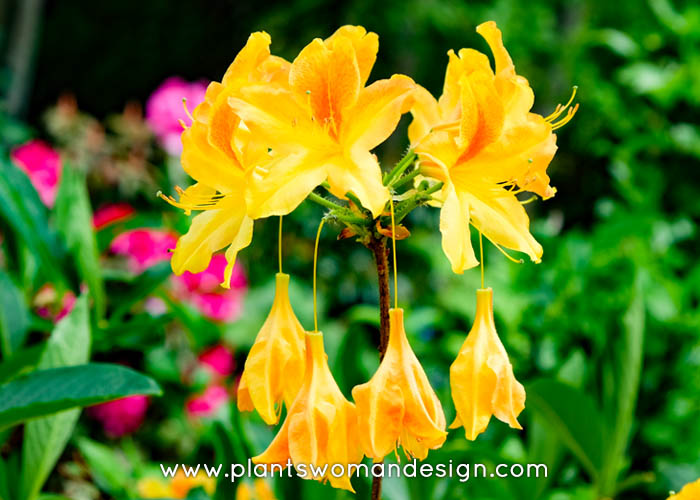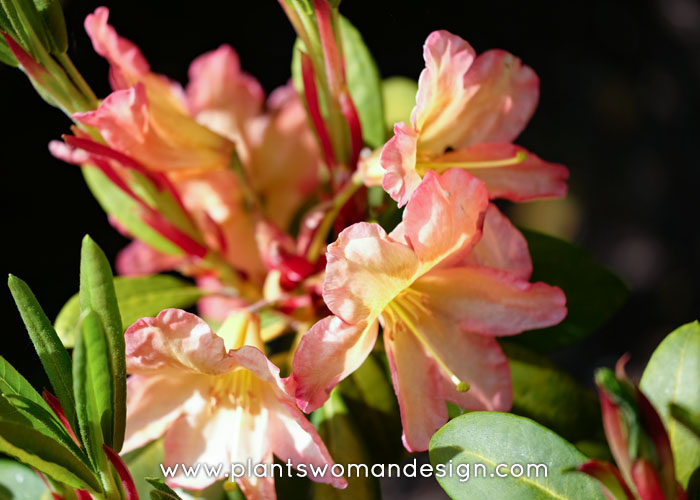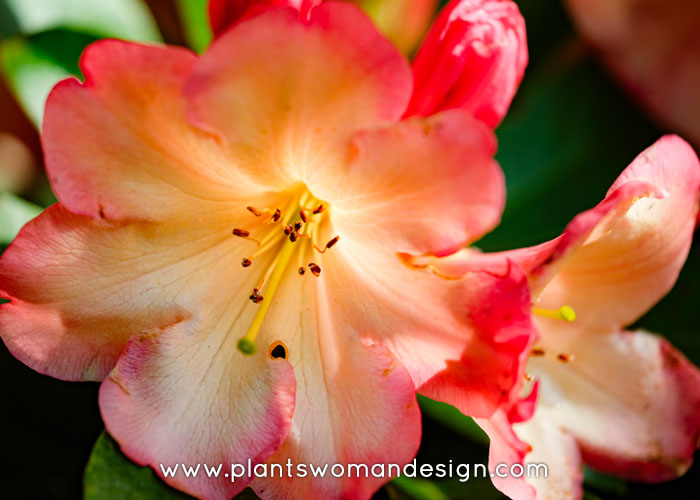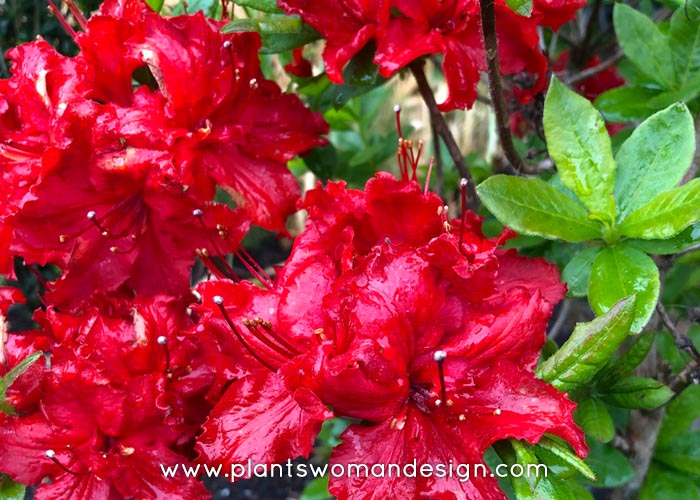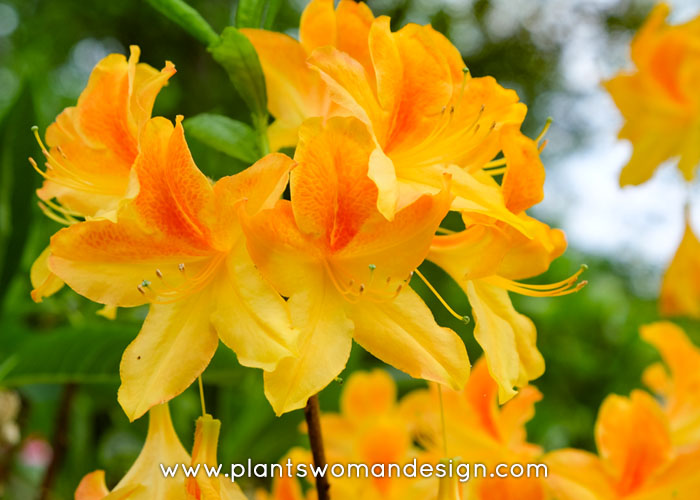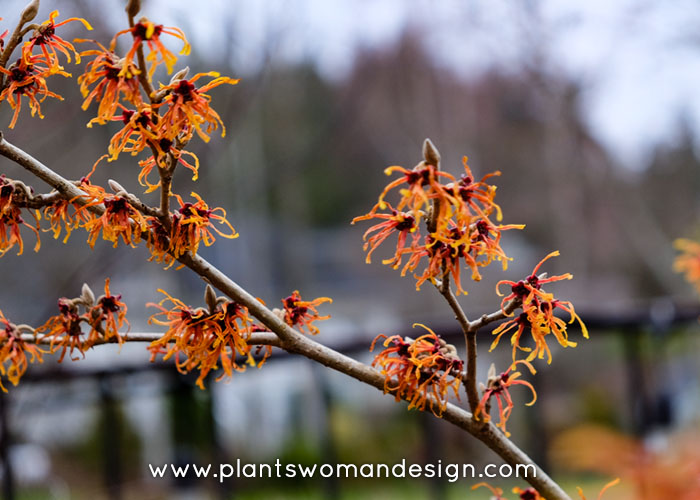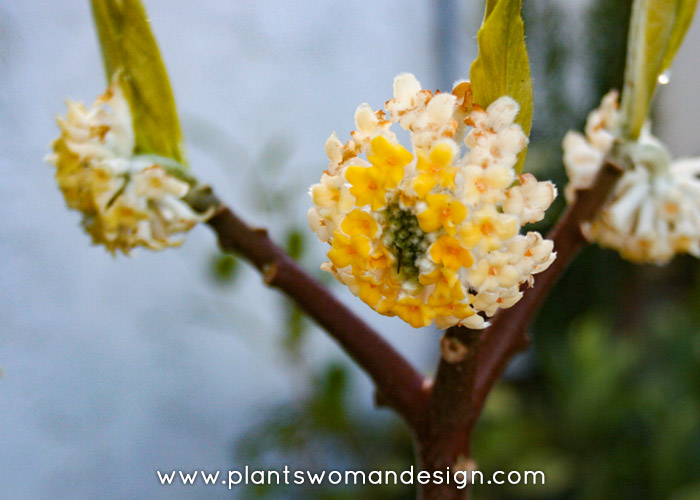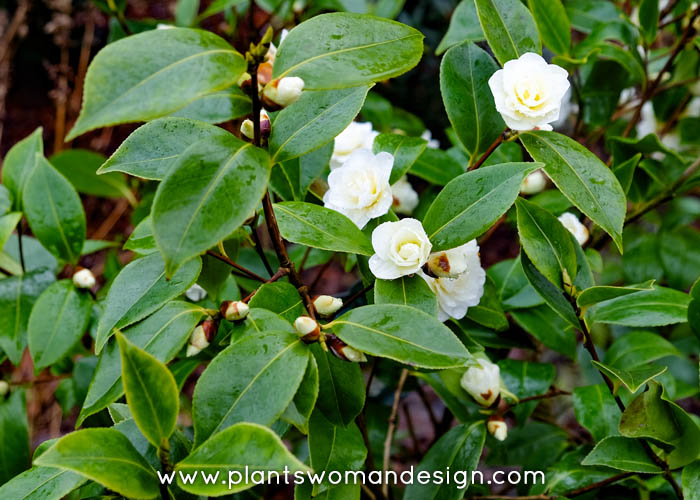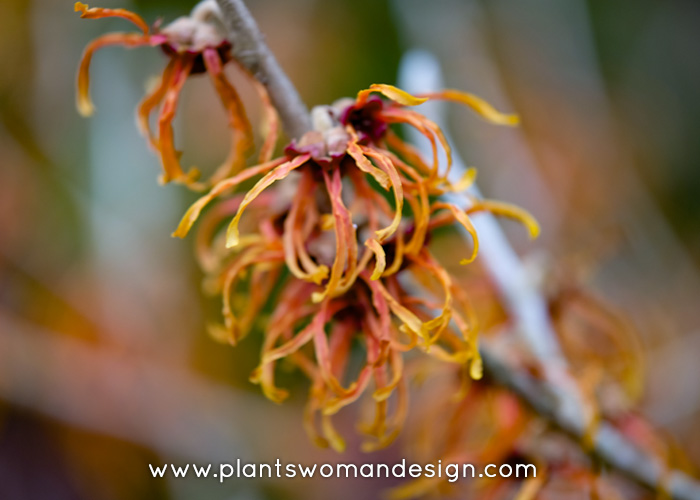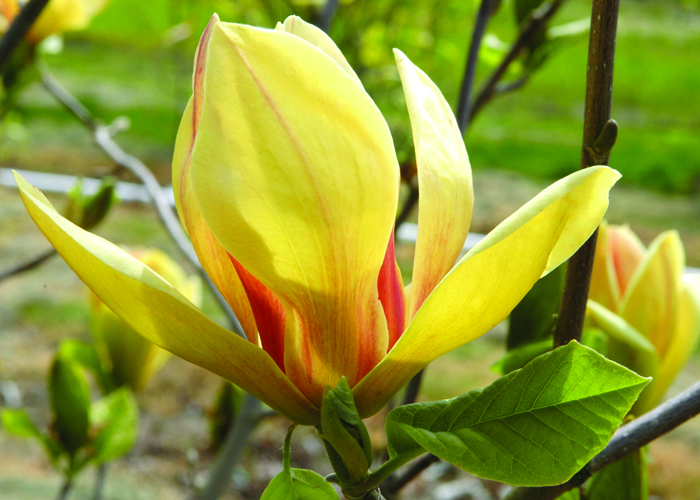
2021 Magnolia Collection
I love magnolias. They are seductive and diverse little gems of the garden. I am eagerly awaiting this collection of Magnolias to make their appearance this spring!
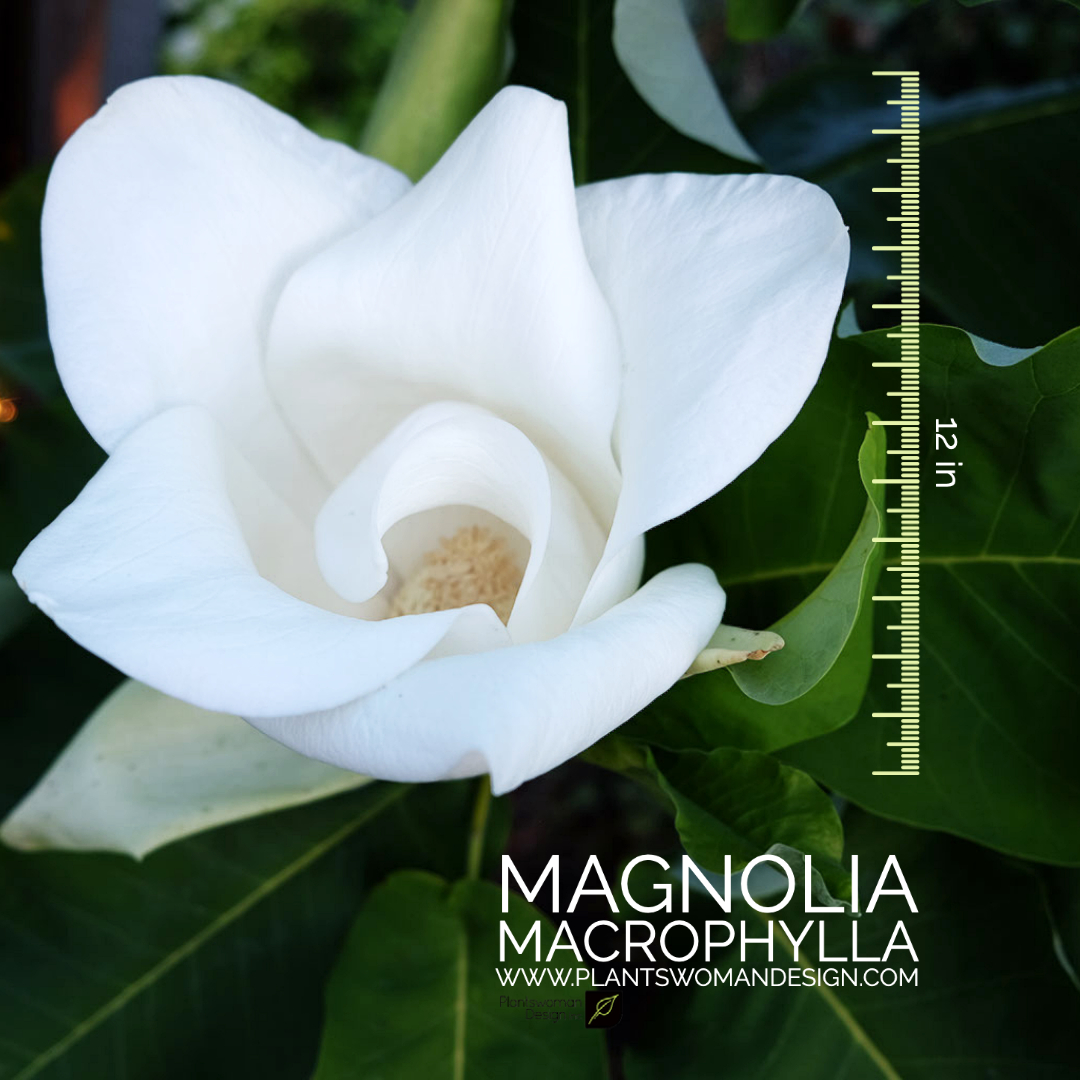
Mactophylla has the largest bloom and is a dwarf form of the Bigleaf Magnolia and some botanists list Ashe as a subspecies of Bigleaf Magnolia (Magnolia macrophylla ssp. ashei). Ashe Magnolia trees are very similar to Bigleaf Magnolia trees except that they tend to grow much shorter and flower at a younger age. The flowers and leaves are still just as large, with the leaves growing up to two feet long and the flowers more than a foot in diameter!
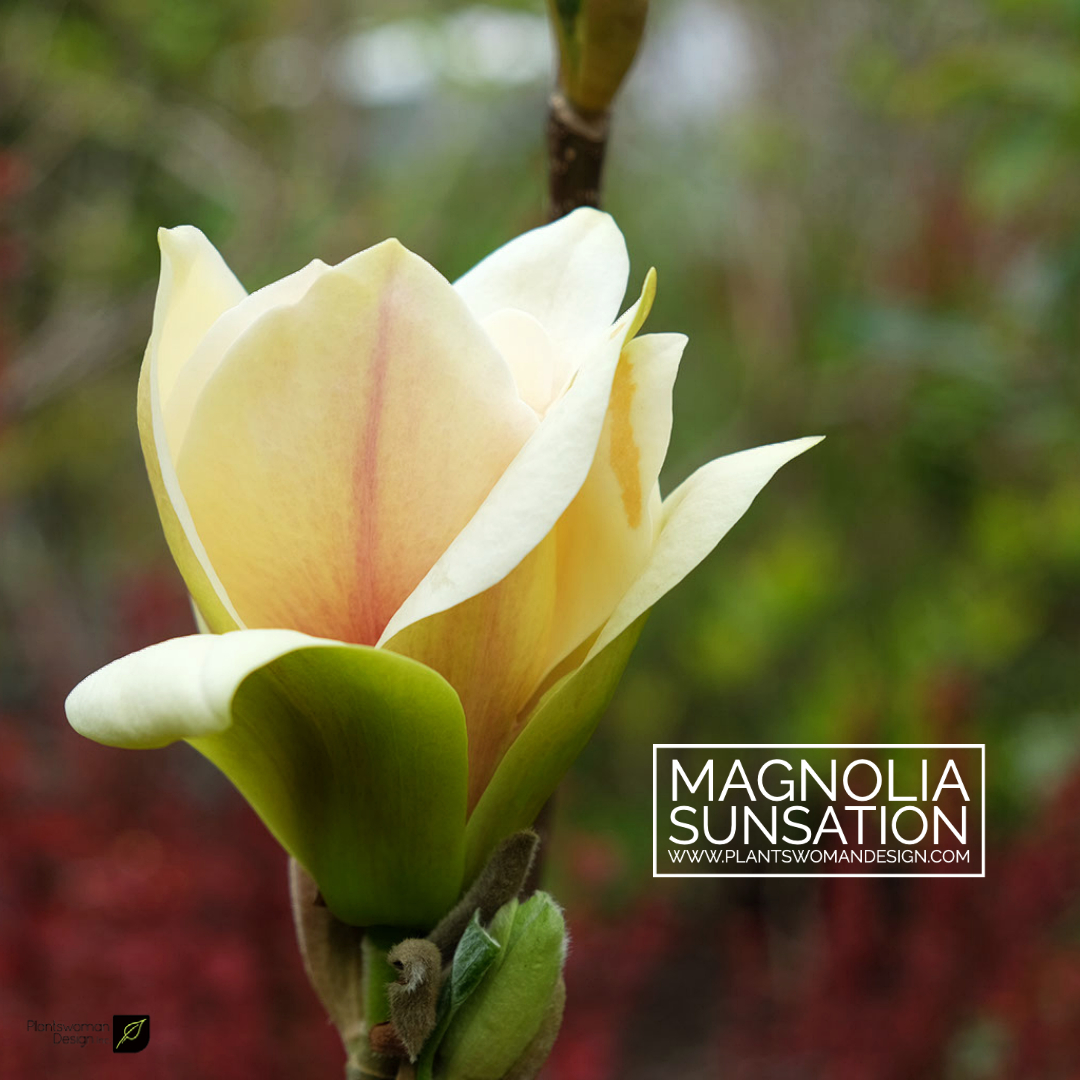
I love the yellow flower with pink in the base, like the sun rise. 15-20 feet high
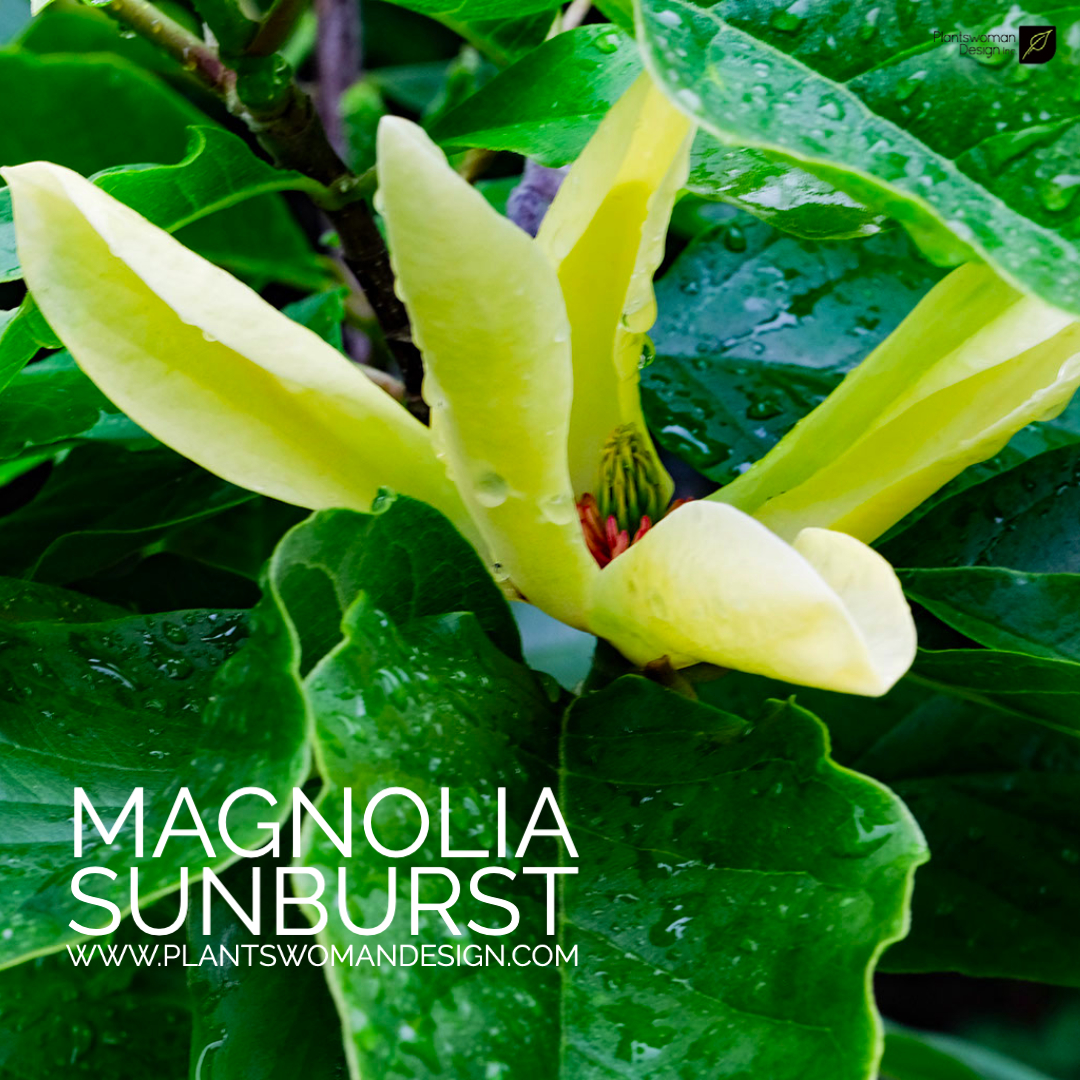
Magnolia Sunburst is a very floriferous tree and is regarded as excellent! The deep canary-yellow flowers have narrow tepals that open just as the foliage starts to open, making the tree look like it’s covered in glowing yellow candles. Heavy textured foliage begins a rich bronze-purple. Fast, upright grower to 30′.
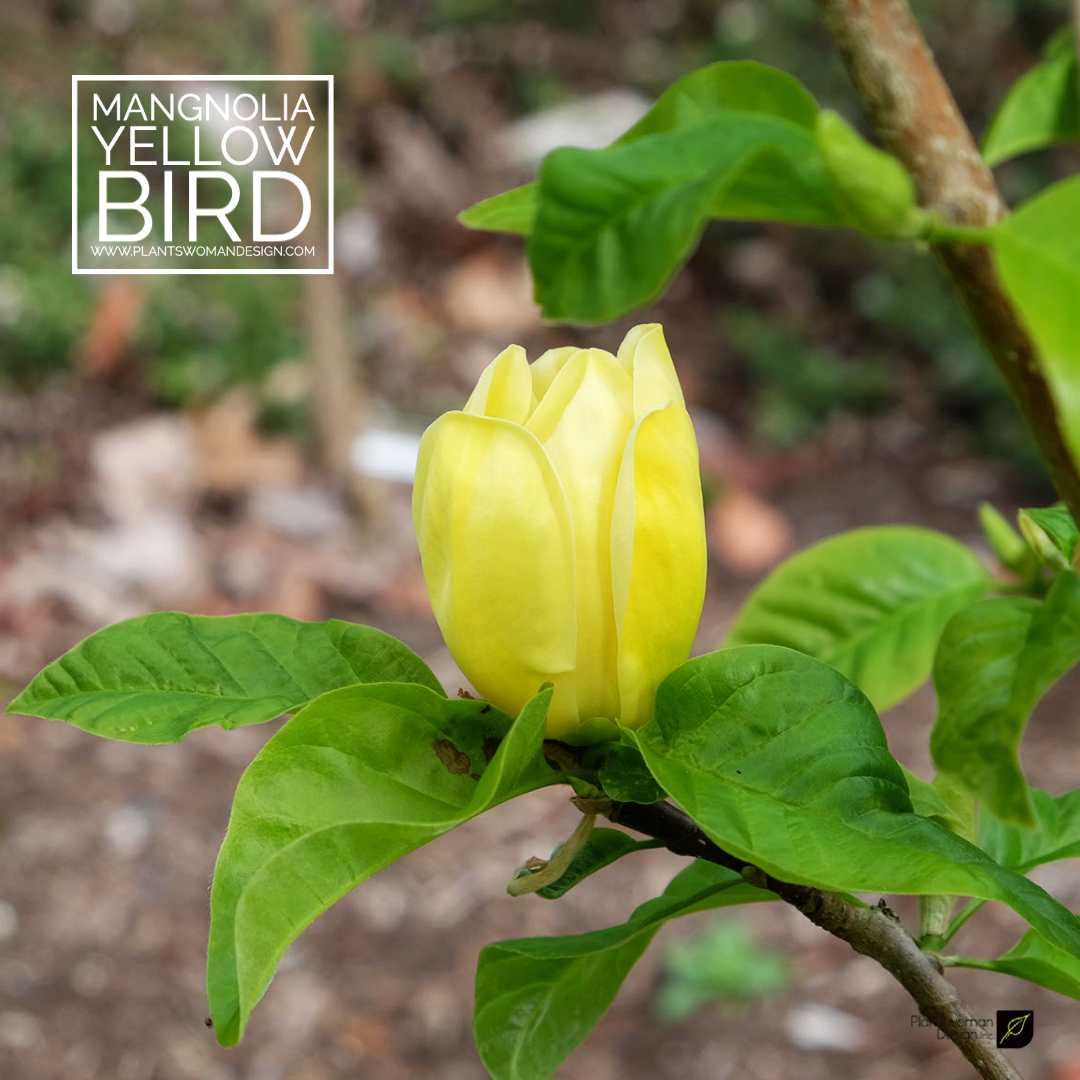
Magnolia ‘Yellow Bird’ boasts bright canary yellow flowers which appear more dependably since they emerge with the foliage late in the spring after the danger of frosts. Full Sun, up to 40 feet high with 3 1/2 inch flowers.
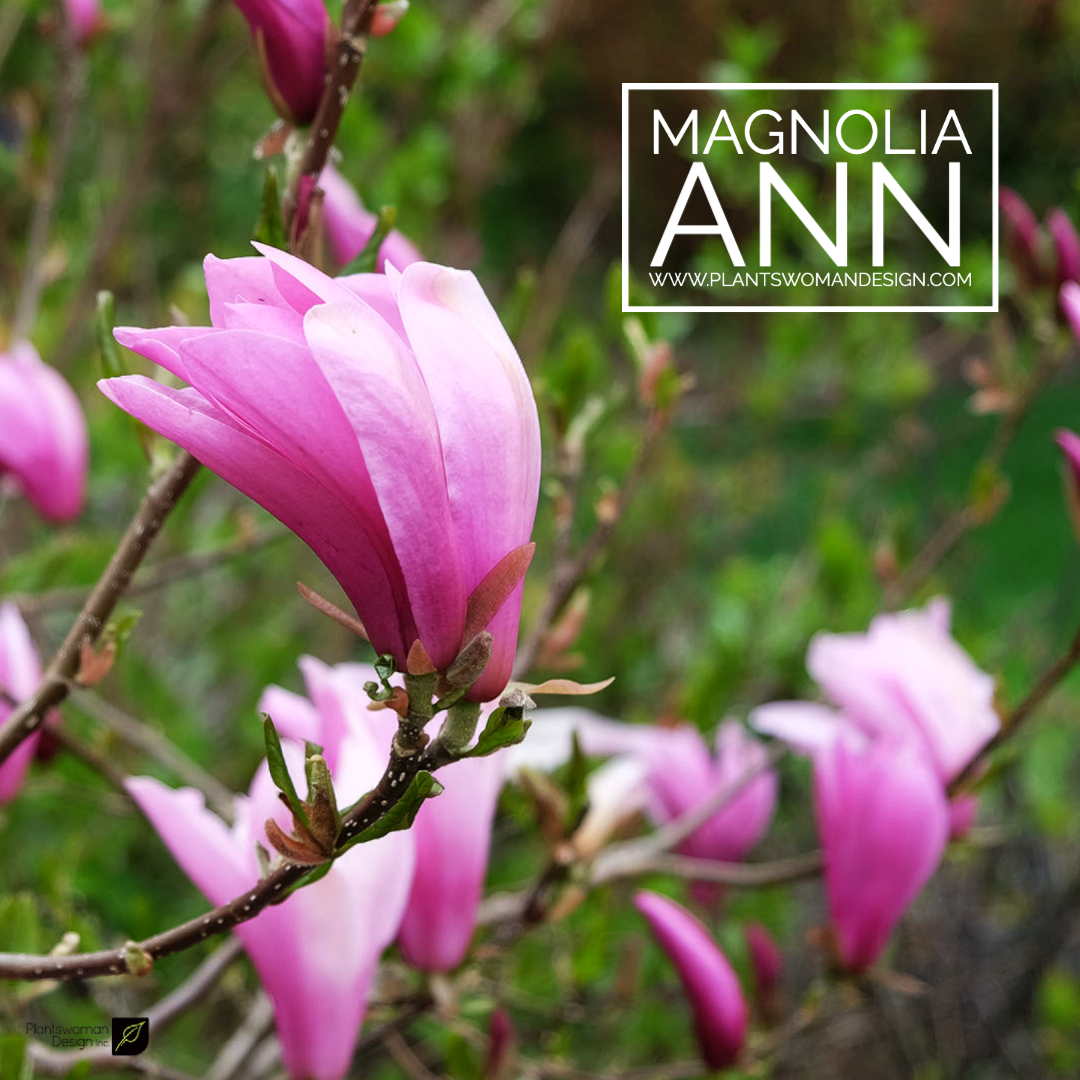
Magnolia Ann’s flowers range from deep pink to purple. It grows in shrub-like form instead of a tree. Up to 15 feet in height.
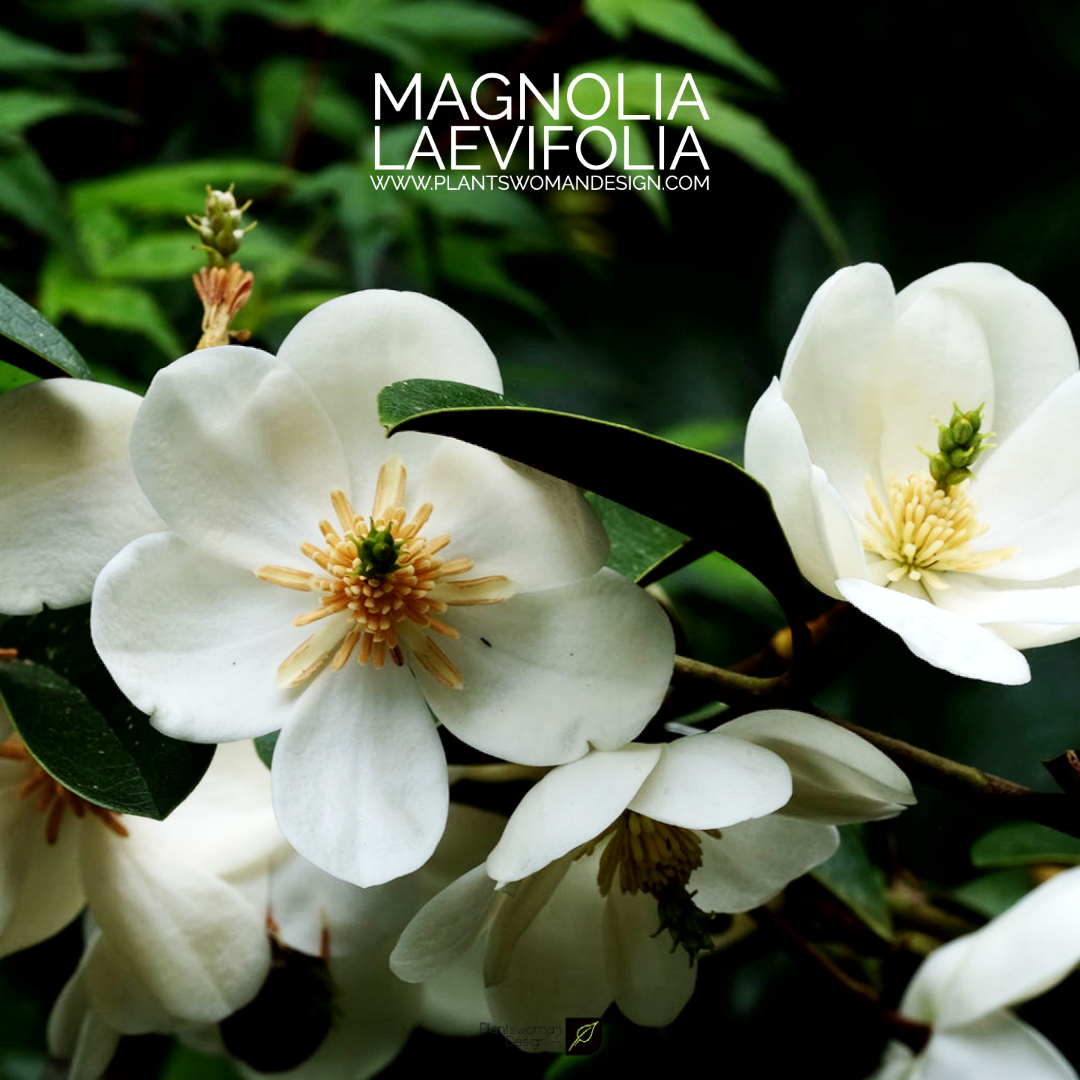
Laevifolia is a small structured tree covered in miniature magnolia blooms. Excellent small scale evergreen Magnolia with handsome rounded leaves touched with brown indumentum (fur). In mid spring masses of large 4″ ivory white intensely fragrant flowers explode all over tree. The flowers have a rich and penetrating lemon aroma. About 9 feet at mature height.
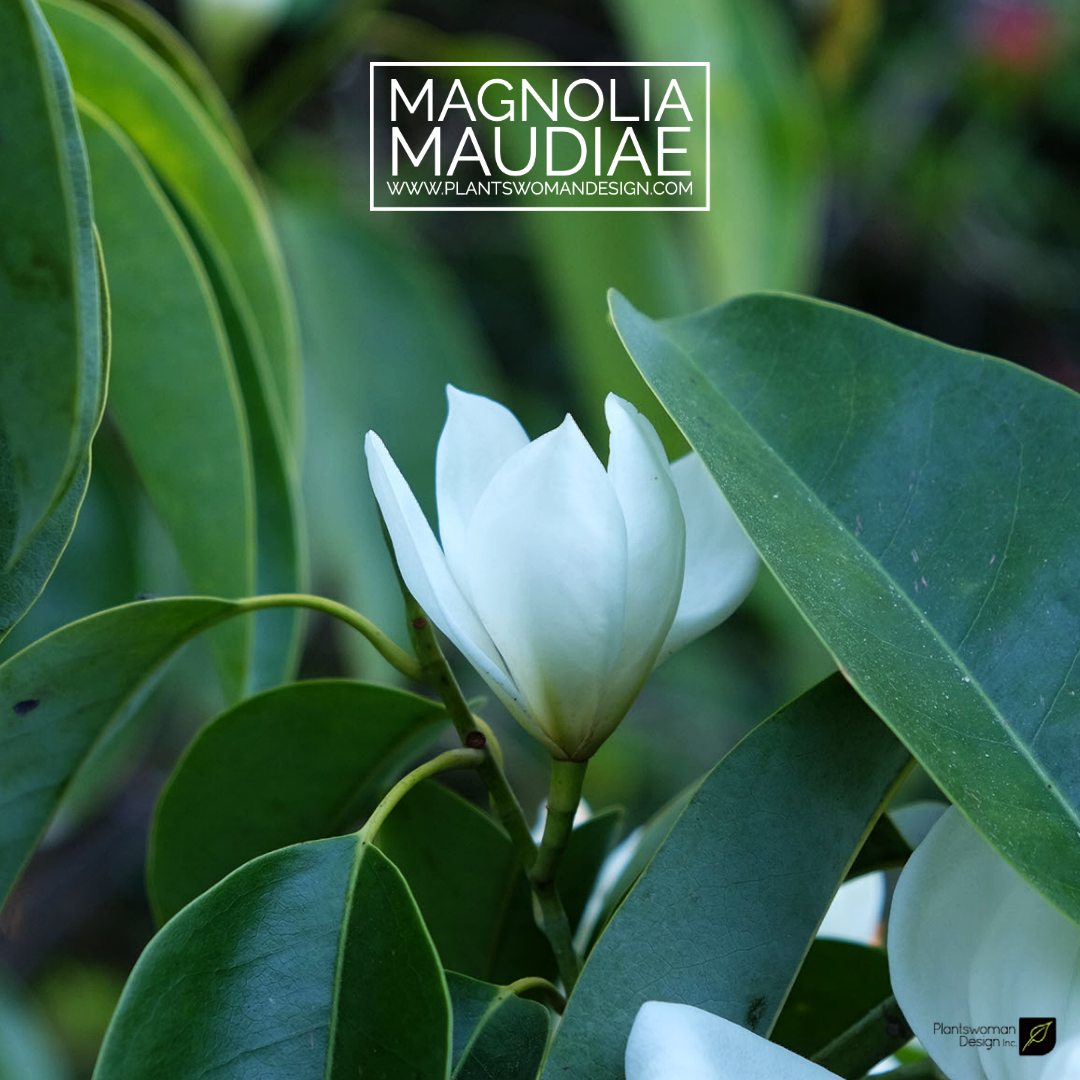
Maudiae is one of the easier winter blooming evergreen Magnolias to grow in mild climates. Large, 6 in., pure white flowers are very fragrant (lemon) and arranged along the branches, rather than at branch tips. A Maudiae will form small trees or work well as potted specimens. They do well on the West Coast and in the Southeast.
Read more about the Magnolias that have made appearances in my gardens over the years.

